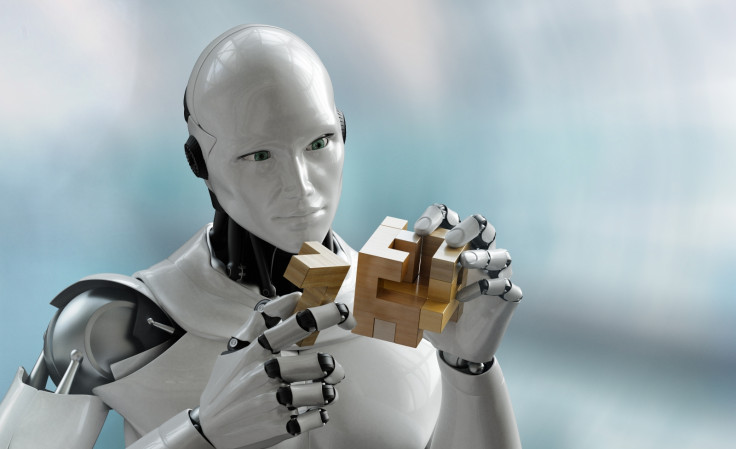This robot can imagine and predict its own future without any human supervision
Vestri the robot learned how to use its limbs the same way a baby would – by motor babbling.

Researchers from the University of California, Berkeley, have given a robot 'imagination' through a type of learning technology so that it can predict its own actions in the future, and even manipulate objects that it has never come across before.
Using visual foresight, this robot – called Vestri – can actually predict what its cameras will see briefly in the future when it performs a specific sequence of movements, reports TechXplore (TX). The report mentions that, as of now, the 'imaginations' are simple and that the robot can predict the future only by a few seconds, but that is apparently enough time for it to figure out how and where to move objects on a test table without disturbing other obstacles.
Vestri can learn to perform these tasks on its own, meaning it will not require any human help or even any sort of prior knowledge about the physics of the object, the environment it is in or what the objects are.
Technology like this could one day be used to make self-driving cars smarter and create intuitive robot assistants for homes.
Visual imagination, much like with human babies, is something that was learned by the robot from scratch and the process was carried out without constant supervision, notes the report.
Vestri learned to touch, feel and figure out its limbs and the way they interact with objects in front of it without any data inputs, code, or even measurements. The robot went through motor babbling, a stage when babies are still figuring out how their limbs work with movements that are not so precise.
A video put out by the university explains that Vestri motor babbled for about a week. After it got to know and understand its environment, it was given a specific task – to move one of the objects in front of it to another spot marked on the test table. Relying only on what the robot learned on its own, it figured out exactly what to do. It watches its own limbs through a camera and then imagines what to do next to get the best possible results.
Vestri's imagination comes out in the form of a video output of scenes of things that have not happened yet and, out of the many scenarios it 'dreams' up, it chooses one that could possibly produce the best results. As it moves, it continues to imagine and reimagine what the results are going to look like.
Researchers liken this to how humans drive a car or ride a bicycle. Detours and routes are constantly imagined and played out before it happens in real time. For example, an overtaking manoeuvre will require constant predictions of multiple objects in the environment.
Even when given unfamiliar objects, Vestri's artificial intelligence was able to move them around as required. Researchers say that the robot was successful about 90% of the time and even able to get past obstacles.
Further research is set to be carried out and the robot will only get smarter and learn more movements and objects in future, notes the TX report.





















